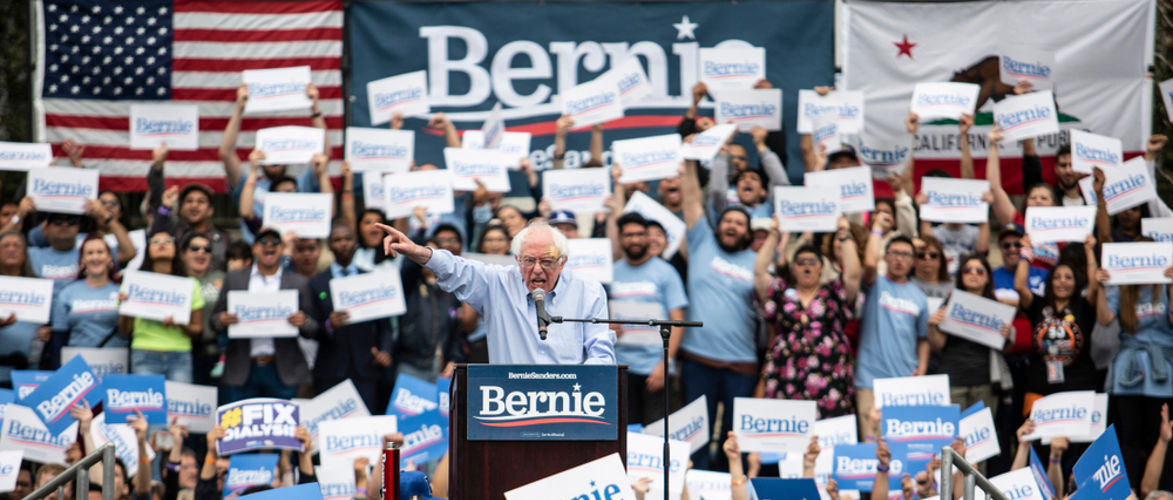By Ernst Wolff.
Last week it seemed as if the financial markets were going crazy. Stock markets saw record jumps upwards despite huge price losses, bond markets saw a huge wave of purchases despite ever lower yields, and the gold price experienced a huge rally despite being attacked by major investors several times.
What at a superficial glance seemed like an inexplicable chaos turns out, on closer inspection, to be the logical consequence of a historically unique situation: never before in the entire history of mankind has a single event affected the global economy as badly as the Corona Pandemic.
The rapid spread of the virus is causing production plants to be shut down and supply chains to be disrupted in more and more countries. Since sales markets are also disappearing at the same time, both the supply and the demand side are affected – a phenomenon that has never occurred to this extent before.
Nevertheless, the financial markets initially ignored the problem – in the hope that the pandemic would be stopped and the world could return to normality. Last week, however, they seem to have realised that their hopes were in vain and suddenly reacted very strongly. It is likely that a cold shiver ran down the spine of those responsible in the central banks, in politics and on the boards of the financial institutions, for two reasons:
Firstly, because the turbulence brought them the extremely sobering realization that the means by which the global financial system has been kept alive since 2007/08 are no longer working.
Thus, in a hasty emergency action, the US Federal Reserve cut the key interest rate by 0.5 per cent on Wednesday – twice as many basis points as in the last interest rate cuts last year. At the same time, 200 billion dollars in fresh money was lent to Wall Street on the repo market on Tuesday and Wednesday alone.
However, although the FED’s sharpest guns for a long time were fired, the effect did not materialize: Stock prices continued to fall, investors fled into bonds and gold.
Why?
Because interest rate cuts and money injections do not change the fact that the coronavirus is aggravating the global recession in an unprecedented way. The oil price is falling faster and faster, container shipping and land logistics are experiencing huge slumps, medium-sized companies are staggering by the hundreds of thousands, and the number of loan defaults is growing by the hour.
And there is more to come. The coronavirus has also drastically changed the habits of the majority of people. Hotels, restaurants and tourism are experiencing unprecedented defaults, the first airlines and shipping companies are going bankrupt. And the future outlook is gloomy, because the increasing number of cases of infection will further aggravate all the problems already existing in the coming weeks.
On the other hand, however, there is an additional source of fire, which by its extent overshadows all other problems: the derivatives sector of the global financial system.
This sector, by far the largest, has already brought the system to the brink of collapse twice, in 1998 and 2007/08, but has not been restricted or regulated because it is one of the main sources of income for banks and hedge funds.
Derivatives are nothing more than bets on future prices, rates or interest rates. However, they are not only used for speculation, but also serve to hedge risks. However, these risks do not disappear, but are only transferred from one party to another party against payment of a certain price.
Under normal market conditions this would not be a problem. But since governments and central banks declared the major financial institutions “too big to fail” in 2007/08, the situation has changed fundamentally: Since then, the parties have been taking ever greater risks, because they assume that they will be rescued by the state as “too big to fail” in an emergency.
Since the majority of derivatives do not have to appear in the books of companies, their volume can only be estimated approximately today. Insiders assume a current volume of around 1.25 trillion dollars.
Since any major crash would have fatal consequences with this almost unimaginable sum, the central banks must do absolutely everything they can to keep the financial markets relatively stable. For this very reason they have repeatedly pumped money into the system over the past 12 years and lowered interest rates time and time again – and with success: from 2008 to the beginning of 2020 we have experienced a continuous upward trend on the financial markets with minor interruptions.
But that is now over. The market shake-ups caused by the corona virus are already so severe that some major financial institutions are up to their necks in the derivatives area because of payments due.
The significant price falls in the shares of the major Wall Street banks, which last week far exceeded the losses of other sectors, show that these problems have not escaped the attention of major investors. However, the falling share prices mean nothing more than a worsening of the situation for the affected institutions due to dwindling confidence.
We are therefore facing the following situation: central banks and governments will have to use every possible means to stabilise the situation in the coming days. Initially, there will probably be a further interest rate cut by the FED in the USA (possibly into the minus range) and further, even larger injections of money via the repo market.
However, both measures will at most be a flash in the pan for investors, and the effect will fizzle out as quickly as last time. But then only two options remain: Saving the institutions affected by the derivative losses via bail-in or bail-out.
This means: either the shareholders, investors and savers are partially expropriated or the distressed institutions are rescued with taxpayers’ money. This means that, as in the past, attempts will be made to pass on the losses in the financial sector to the taxpaying population.
But with the sums at stake this time, this would have to be done on an unprecedented scale, so that it is already possible to say now: Saving the system through bail-ins and bail-outs like in 2007/08 is highly questionable in 2020, and we may be facing the collapse of the entire system in the coming days.
All this sounds frightening and suggests that we are facing one of the most turbulent periods in recent history. But however bleak this scenario may seem, it also presents a historic opportunity: a collapse would bring millions of people into direct conflict with this system, making them feel its effects personally and thus making them receptive to an explanation of its destructive nature.
The collapse could thus create the basis for a long overdue broad discussion on the abolition of the global financial casino and its replacement by a democratic monetary system – assuming that as many people as possible, who already understand the system or at least have a basic understanding of it, take part in an urgently needed educational offensive.
+++
Thanks to the author for the right to publish the article.
+++
Picture reference: bluebay / Shutterstock
+++
KenFM strives for a broad spectrum of opinions. Opinion articles and guest contributions do not have to reflect the views of the editorial staff.
+++
Support us with a subscription: https://steadyhq.com/de/kenfm
+++
You like our program? Information about further support possibilities here: https://kenfm.de/support/kenfm-unterstuetzen/
+++
Now you can also support us with Bitcoins.

BitCoin address: 18FpEnH1Dh83GXXGpRNqSoW5TL1z1PZgZK










Kommentare (0)